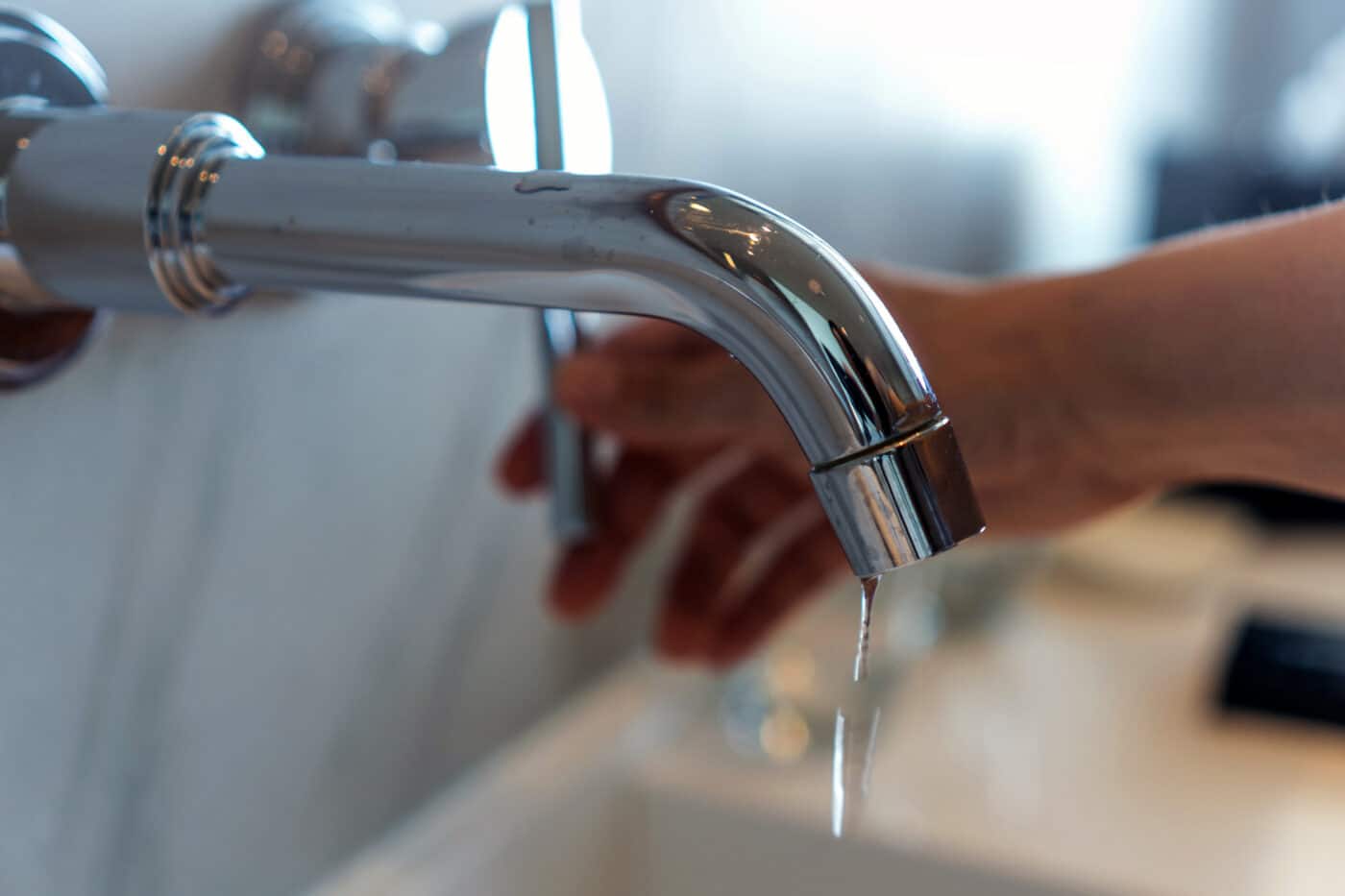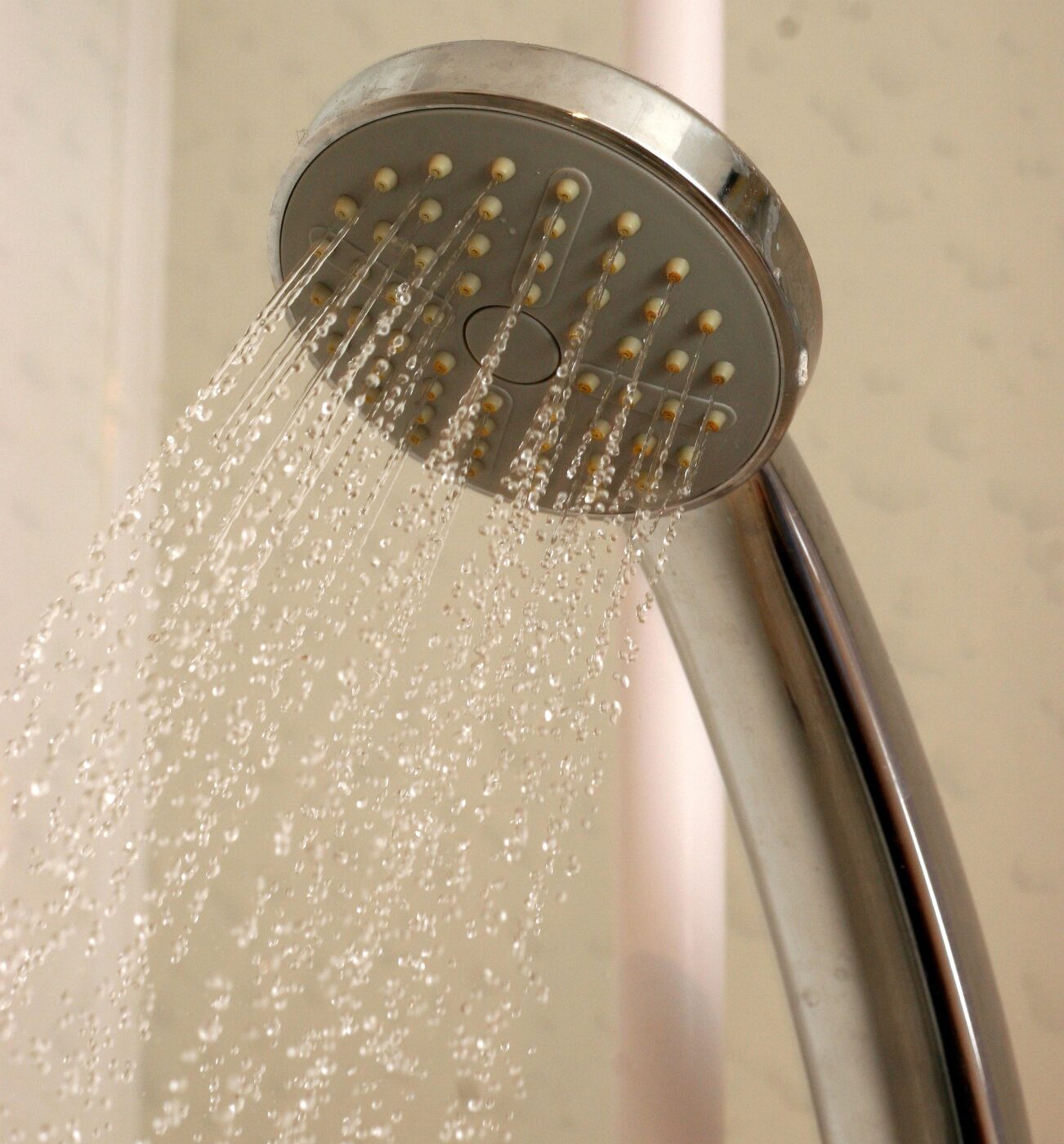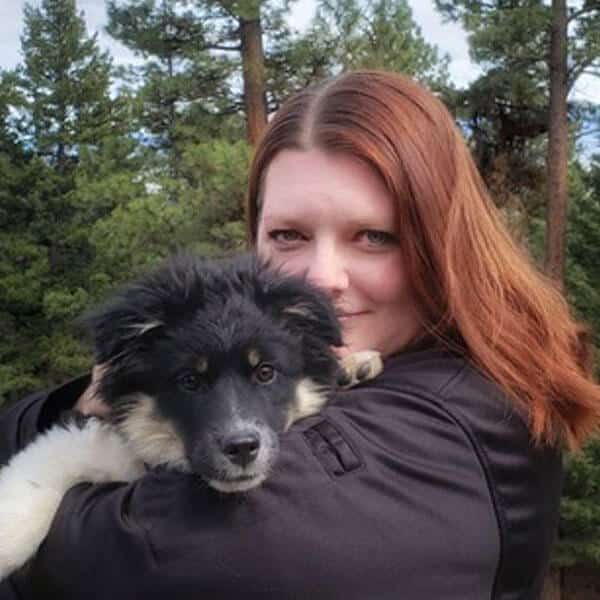Water Budgeting: Are You Ready?
June 27th, 2022
4 minute read
For most people — especially those living in the city and suburbs — water is a non-issue. You turn on the faucet, water comes out, and then you pay the bill. In a disaster scenario, however, water is not only extremely limited, but often needs decontamination.

When it comes to food, smart preppers work their preps into their everyday meals. This cuts down on the shock once grocery stores are out of items or things are simply not available. Where a lot of people fail is not learning to budget their water the same way.
Why Should You Bother?
Part of understanding how much water to store means knowing how much you’re using now — and how to lower that number. Why? So that if you’re ever put in a situation where you have a limited water supply, it’s something you already know how to operate and thrive with.
Chances are good that you have no idea just how much water you use in a regular day. It’s not just the water you drink, or even the water you’re using for your garden. It’s showering and bathing, doing laundry, using the toilet or washing dishes.

We use far more water than we think — in fact, estimates run between 55 and 100 gallons per day, per person. If you live in a four-person household, that’s as much as 200 gallons a day. If your goal is to store extra water, you’re looking at an impossible task.
Even if you have a sustainable source of water on your property right now, you may not later. Part of disaster prepping means being able to live and even thrive on less. And by learning how to budget water now, you’ll be that much more prepared later.
Traditional Methods
The concept of water conservation often brings up strong feelings. For some it’s a political issue; for others it seems like an unattainable goal requiring high-tech solutions and expensive appliances.
Technology has created some amazing strides in the industry. There are now toilets that can do two different levels of flush depending on the user’s needs, hot water heaters that heat faster and more efficiently so you don’t have to run the faucet as long to get warm water, and many public bathrooms now have faucets that automatically shut off after a few seconds.
Most water utility companies offer ways for customers to lower their monthly costs, such as upgrading appliances. There are, however, several easier — and less expensive — ways to lower your water consumption.
Getting Creative
We all know about things like shutting off the water while brushing your teeth or taking shorter showers. Individual habits play a big role in water consumption, and learning to use less water means changing those habits.

When we moved from a city water system to a rural property with a cistern, we went from an unlimited water supply to having to haul our water in 200-gallon tanks. Checking our water level became a daily routine, and we learned to change our habits accordingly. Once we got animals and started growing our own food, water was even more crucial.
Hot baths became a luxury instead of the norm, and we learned to run the dishwasher or the washing machine — but not both at once. It meant wearing our pajamas two nights in a row instead of automatically throwing everything in the laundry as soon as it touched our skin for more than 30 seconds.
We started paying attention to the water we were using and being mindful of how much we used, instead of assuming the water was always there. We saw showers as a function instead of a 20-minute relaxation routine. Get clean and get out became the new motto. We installed a showerhead that increased water pressure while decreasing the amount of water used. It was inexpensive and made a big difference.
We also fashioned a system out of PVC pipe to collect rainfall from the roof. That water flowed into an IBC tote that was put on cinder blocks and hooked up to a soaker hose for gravity-fed self-watering in the garden.

At first, it was a massive adjustment. We balked and felt like we were depriving ourselves. But over time, we not only got used to it, but we saw real improvement in our water consumption. At one point we were snowed in for a while and couldn’t haul fresh water — and it didn’t matter, because our mindset had changed. Our water budgeting had already prepared us for doing more with less, and we got through it just fine.
Putting It All Together
Water budgeting, like any other kind of disaster prep, involves changing habits. But more than anything, it involves a change in mentality. Once you see your use of resources as something you can control, you empower yourself to change how you use them — and how much is available to you in a disaster scenario.
Editor’s Note: Be sure to check out The Armory Life Forum, where you can comment about our daily articles, as well as just talk guns and gear. Click the “Go To Forum Thread” link below to jump in!
Join the Discussion
Continue Reading
Did you enjoy this article?

 82
82






